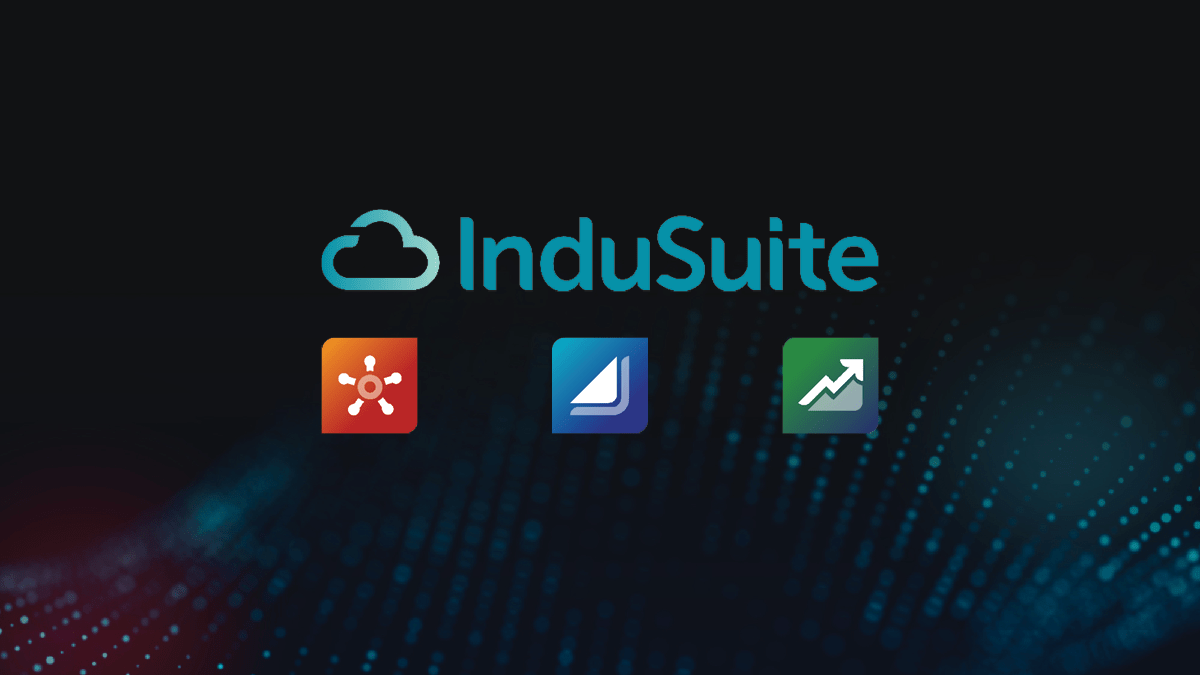
Welding 4.0 is Here and This is What You Need to Know About it
Discover Welding 4.0 and Uncover the Benefits of Automation
When it comes to welding, we should welcome the Digital Age with open arms because it’s revolutionizing the industry. Here’s what Welding 4.0 is all about…
Heard of Welding 4.0? It may sound futuristic but really it’s about combining the precision and reliability of traditional welding techniques with the efficiency and productivity of cutting-edge technologies.
Now, that includes things like robotics, artificial intelligence and other astonishing ideas, but what it boils down to is digitalization.
But how is a sector like welding – by tradition a hands-on, boots-on-the-ground industry – becoming digital?
What is Welding 4.0?
Firstly, let’s deal with the name – what does Welding 4.0 mean? Briefly, it’s part of Industry 4.0 which is the fourth industrial revolution: steam powered the first in the 18th and 19th centuries, electricity the second, then came technology, and now comes digitalization.
Let’s get one thing straight – digitalization isn’t about Excel. Yes, computers and software have made a difference to our everyday way of doing things, and in the main made things easier, but digitalization goes so much further.
When it comes to Welding 4.0, we’re talking increased efficiency, streamlined productivity and improved weld quality, through automation and data analytics. Let’s look at these in more detail…
Automation
Large-scale welding jobs produce tons of paperwork, requiring lots of admin time to keep track of it all. But new technologies like digital weld tracking systems streamline this task by digitising the process.
Digital documents, with templates and drop-down menus, make for easier, faster and more accurate documentation management. It’s then all automatically saved securely in a central repository where access can be shared with whoever needs it, wherever they are. And any changes are automatically updated too, so everyone’s got the most up-to-date information.
Say goodbye to manual recordkeeping – something we’d all welcome. And once you’ve got those processes automated, there’s more that can be done with the load of digitized data you’ve collected…
Data Analytics
By digitizing documents – PQRs, WPSs, and NDT methods and documents, and more – it becomes not just easier to track, record and retrieve information, but all that data is hugely valuable and in lots of different ways:
1. Quality assurance: By analyzing data from welding parameters, welder qualifications, materials used, inspection results, and everything else, it becomes possible to assess the quality of welds, identify any deviations or defects, and take corrective actions if necessary. This helps ensure that welding processes meet the required standards and specifications, leading to improved quality assurance.
2. Performance monitoring: By monitoring welding performance data over time, trends and patterns can be identified, allowing for insights into the efficiency and productivity of the welding operations. This information can be used to optimize processes, identify areas for improvement, and make informed decisions on resource allocation and workflow planning.
3. Traceability and compliance: Welding data can provide a comprehensive trail of information, documenting the entire welding process from start to finish. This traceability is valuable for compliance purposes, especially in industries with strict regulations and standards. Digital weld tracking systems can capture data on welder qualifications, welding procedures, material certifications, and inspection records, ensuring that all necessary requirements are met, and making audits and compliance checks a whole lot easier.
4. Predictive maintenance: Analyzing data can identify patterns or anomalies that may indicate potential equipment failures or maintenance requirements. This allows for proactive maintenance planning and scheduling, reducing unplanned downtime and optimizing equipment utilization. Predictive maintenance based on data analysis can also help extend the lifespan of welding equipment and reduce maintenance costs.
5. Continuous improvement: Data-driven insights can drive continuous improvement initiatives. By analyzing the data, identifying bottlenecks, and understanding the factors that contribute to successful welds, organizations can implement targeted process improvements, training programs, or equipment upgrades to enhance overall welding performance and efficiency.
By harnessing the power of data, organizations really can optimize their welding processes and, as result, reduce costs and enhance overall operational efficiency.
Welding 4.0 represents a new era in welding, blending traditional techniques with advanced technology. It offers improved efficiency, enhanced safety, and greater connectivity in the welding process.
By leveraging automation and data analytics, Welding 4.0 is transforming the industry, enabling higher productivity, improved quality control, and paving the way for innovations that were once unimaginable.
Find out more about digital weld tracking by booking a free WeldCloud Notes demo.
